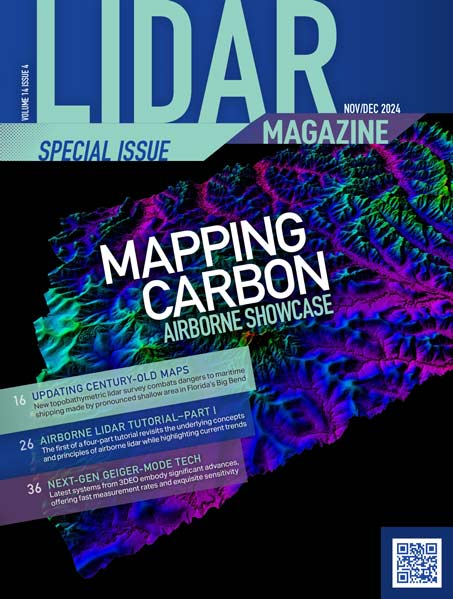We are pleased to announce the start of a new initiative, Open Access Antiquarianism. It is intended to explore technology development for heritage, the accessibility of 3D data, visualization as outreach, and the use of creative mediums to push the boundaries of development for laser scanning, point cloud visualization, 3D modeling, and 3D printing for art and archaeologys sake.
Too often only archaeological and conservation experts get to see the stunning results of scientific data collection done at world monuments and museums. It gets locked down in the egos of academia, filtered out in low resolution by optimistic museums, or bogged down in copyright politics. The raw data remains unseen and little can be done creatively or experimentally with the derivatives that are published. Larger conversations regarding 3D archiving systems, data quality control, and access need to be had. And a balance achieved between laser scanning experts, cultural heritage control, the tech industry, and the public.
The public deserves to be able to see and play with the increasingly available technologies that can let them explore digital interfaces with the point clouds of the past. Open Access Antiquarianism wants to work towards this bright future of interdisciplinary collaboration and data availability.
It is a huge undertaking in this context. Open Access Antiquarianism tried a Kickstarter Art Show to showcase the possibilities of point clouds as artistic mediums, but we underestimated the time required so we cancelled that project and are working on version 2.0 stay tuned.
The Kickstarter Show provides insight into some of our ideas. We have a mix of 3D printed archaeological artifacts and site dollhouses, immersive and interactive visualization displays of point clouds rendered in a new, in-house designed software system, and live photogrammetric explorations. At the nucleus of the shows modern antiquarians study and Cabinet of Curiosities theme is the notion of LiDAR fabric which has been printed with the point clouds of archaeological excavations and structural conservation projects at world monuments.
Central to this is a series of furniture upholstered in this point cloud fabric as physical representations of the idea of the arm-chair archaeology which point clouds and digital heritage make possible to new generations of digital antiquarians in the wonderful future of democratized science.
When the show finds funding, the initial exhibit will commence in southern California this coming spring, but the possibilities for collaboration and creative construction for the concept of Open Access Antiquarianism are endless and need to be explored.
So if you believe in the power of points clouds, the potential for laser scanning and visualization to transform the way the world looks at its past and present, or if you just really really want to immerse yourself in art built from science in an attempt to push the open access technology agendathan please get involved with the project: pledge your support for the Kickstarter 2.0 campaign and help us spread the word about this new venture, the first of its kind.
Open Access Antiquarianism arose out of a collaboration between computer science and archaeology that began at the University of California, San Diegos Center of Interdisciplinary Science for Art, Architecture, and Archaeology at the Qualcomm Institute branch of the California Institute for Telecommunications and Information Technology. Where, after years of working on high profile academic projects in cultural heritage diagnostics at sites all over the worldhunting for a Lost Da Vinci, imaging King Solomons purported mines, building point clouds of Petra, the Baptistery of St. Giovanni in Florence, Castles in Calabria, and much more—we want to take things out of the academic world and explore the potentials of all of this technology of the future for the study of the past in more creative formats.
For more on the exploits of the Open Access Antiquarianism creators Vid Petrovic and Ashley M. Richter, check out their blog Adventures in Digital Archaeology which has recently been featured by Popular Archaeology Magazine.
